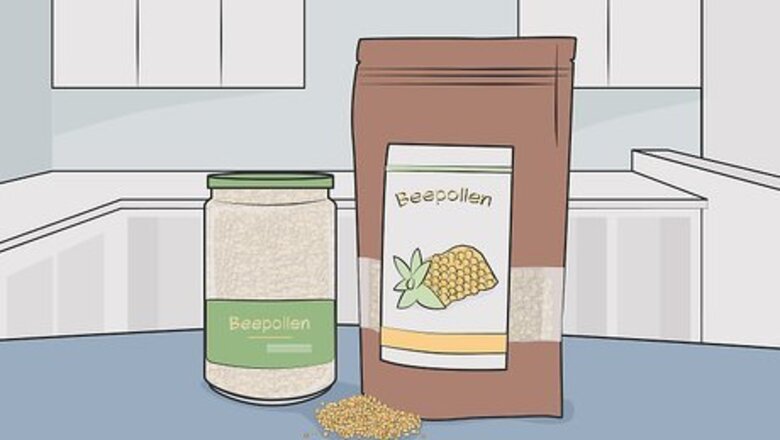
views
X
Trustworthy Source
MedlinePlus
Collection of medical information sourced from the US National Library of Medicine
Go to source
However, as long as you don’t have an allergy to pollen and check with your doctor first, then trying it out as a supplement shouldn’t cause any harm. Give it a try and see if your allergies improve within a few weeks.
How to Take Bee Pollen
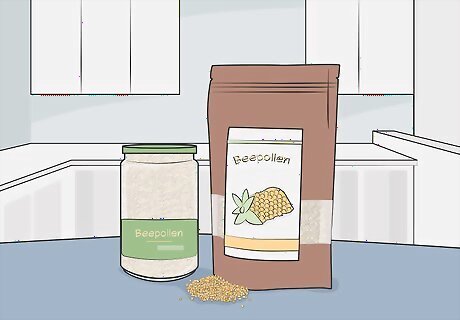
Get a pollen blended from different geographic areas. This type of pollen will provide you with a good dose of allergens from different areas and might make it more effective. You can tell that a pollen is blended because it’ll include many different colors.
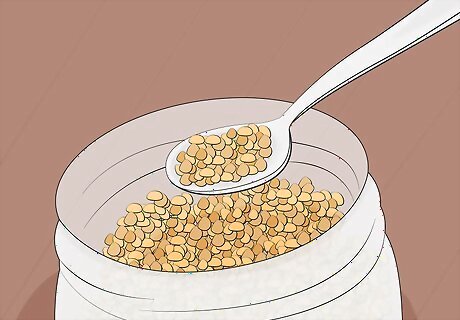
Start with 1/2 of the daily dosage to introduce it to your body. Since there is no official dosage for pollen, it’s best to start small. Whatever the product recommends, cut that amount in half to slowly introduce it to your body and avoid adverse reactions.
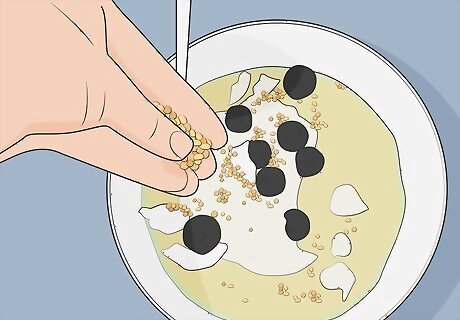
Sprinkle the pollen into food or drinks, or eat it plain. There is also no agreed-upon way to take bee pollen. Some people like to sprinkle it on salads or in yogurt, and others like to put it into tea. You can add it to your food like this, or simply eat it plain with a spoon. Bee pollen has a slightly sweet, floral flavor, so you should enjoy the taste if you eat it plain.
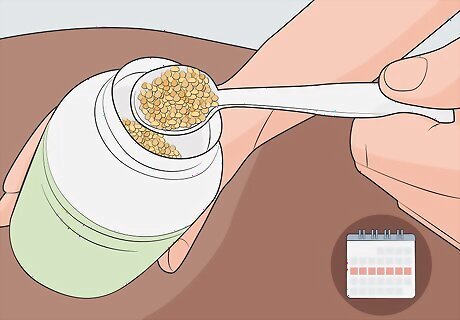
Scale your intake up to the recommended dosage over a week. Once you know that pollen won’t cause any adverse reactions in low amounts, then scale up your dosage. Increase the amount you take every day for a week until you reach the recommended dose. Common dose recommendations range from 1-5 grams, or 1/4 to 1/2 of a teaspoon. Don’t take more than the package directs you to.
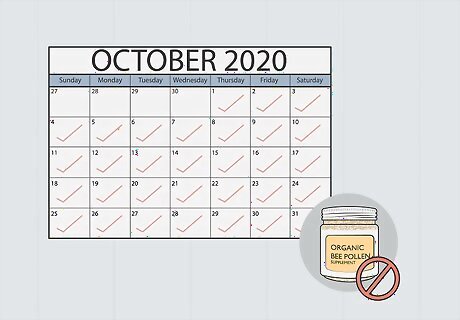
Stop taking the pollen after 30 days. Studies only indicate that bee pollen is safe for up to 30 days, so it’s best to be safe and stop using it within 30 days of starting. If you want to take the pollen again, ask your doctor how long you should wait before starting again.
Using Bee Pollen Safely
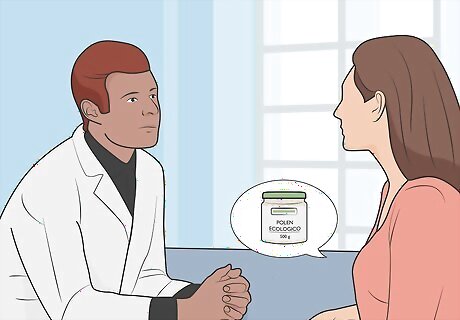
Test to make sure you aren’t allergic to bee pollen before using it. The main concern with bee pollen is an allergic reaction. Always see an allergist and get tested for a pollen allergy first, because these reactions can be serious if you have one.
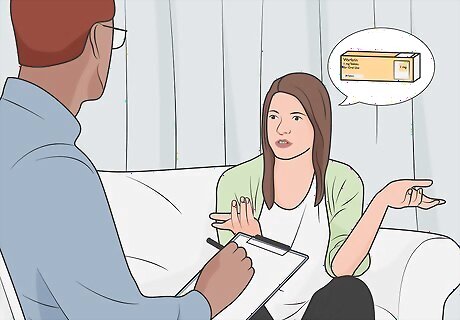
Check with your doctor if you’re taking warfarin. Bee pollen can amplify the effects of this blood thinner, meaning you might bruise or bleed more easily. Ask your doctor if taking bee pollen is safe while you’re on warfarin.
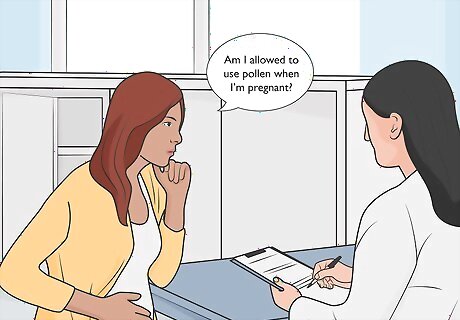
Ask your doctor first if you’re pregnant or breastfeeding. It’s currently not known how bee pollen can affect pregnant people or their babies. If you’re pregnant or breastfeeding, ask your doctor before you start using pollen.
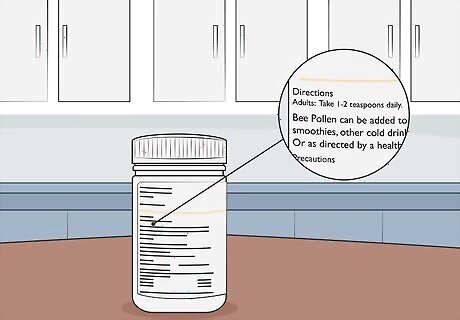
Follow all of the dosage instructions that come with the pollen. Never exceed the dosage or frequency recommendations for the product you use. The effects of a pollen overdose are not currently known.
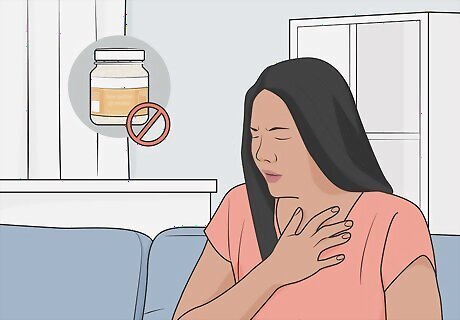
Stop use immediately if you experience any adverse reactions. Adverse reactions could indicate a pollen allergy, so stop right away if you suspect you’re having an allergy attack. Some major sings to watch for are watery eyes, a rash, itching on your skin or mouth, coughing, and wheezing. If you have any trouble breathing or feel itching in your throat, seek emergency medical help right away. This could be a sign of a serious allergic reaction.















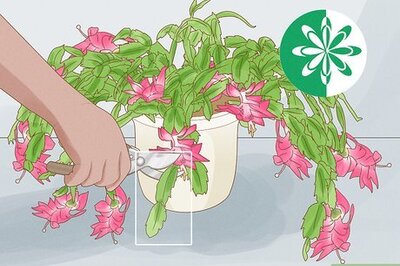
Comments
0 comment